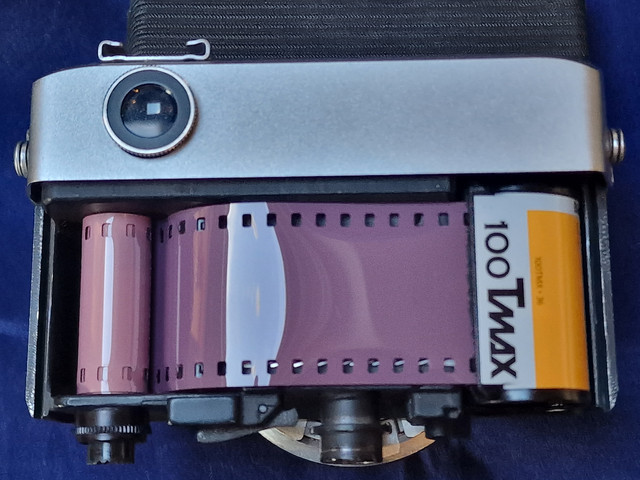Ok. I'll try. We know the histogram is a graphical representation of the tonal distribution in an image - all well and good to see what you have taken. But lets look at the histogram before you take the shot.
Left of the histogram are two shades of grey, representing black. Move to the right will be 4 shades of grey, then 8, then 16, then 32, as you move further to the right until you have white.
These shades of grey double and halve as you go up and down the scale in much the same way as as ISO, aperture and shutter speed. In fact it follows the same binary numbering system that computers do. 2, 4, 8, 16, 32, 64 bit computer systems.
Now, if you set the ISO to a low number, in mediochre lighting, ie: 100, altering the rest of the the exposure triangle to get a good exposure in landscapes, then the liklihood will be banding in the sky and that representation can be seen in the histogram with the bias being toward the darker end if the histogram spectrum, even though the exposure is showing as good.
Assuming the camera has been set to show the exposure settings in thirds, the best ISO setting for landscapes and wildlife for colour redition is ISO 160, ISO320, ISO 640 and multiples thereof as the light diminishes.
This was explained to me by a zooologist and photographer while attending a photoshoot, and after experimenting myself, I have found that I produced much better colour renditioning in my photography. Don't take my word for it. try it for yourselves.



